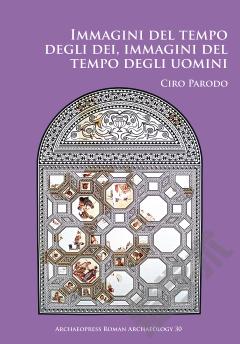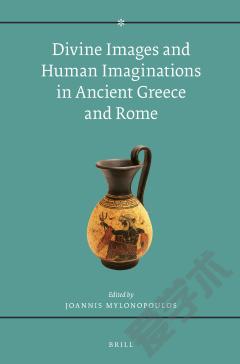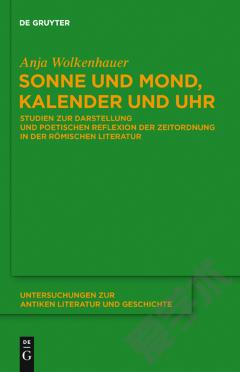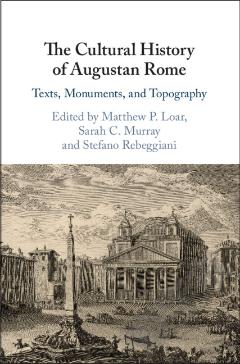Immagini del tempo degli dei, immagini del tempo degli uomini —— Un’analisi delle iconografie dei mesi nei calendari figurati romani e bizantini e del loro contest storico-culturale
----- 众神时代的图像,人类时代的图像
A characteristic shared by the Roman and Byzantine illustrated calendars is that they represent the twelve months of the year, referable to an iconographic repertoire which is divided into three themes: the astrological-astronomical, the festive-ritual and the rural-seasonal. With regard to the first type, the months are depicted through images of the signs of the zodiac, often associated with images of the guardian deities of the months; the second category includes depictions of the months that refer to some important religious festivals; finally, the third theme includes images of the months that allude to the most important work activities performed in the countryside. The figurative calendars, which in most cases are made on mosaics, are characterized by a wide distribution in terms of time, concentrated between the 3rd and 6th century, and geography, with the areas of greatest attestation consisting of Italy, Africa Proconsularis, Greece and Arabia. With regard to the architectural context, the calendars from the West are prevalently documented in the domus, while those from the East are particularly attested in ecclesiastical buildings. The aim of research presented in this volume is the in-depth study of the connections between the meaning of the iconography of the Roman and Byzantine illustrated calendars and their historical and cultural context. Italian description: La caratteristica comune dei calendari figurati romani e bizantini consiste nella rappresentazione dei dodici mesi dell’anno, riferibile a un repertorio iconografico articolato in tre temi: quelli di tipo astrologico-astronomico, festivo-rituale e rurale-stagionale. Per quanto riguarda la prima tipologia, i mesi sono raffigurati mediante le immagini dei segni zodiacali, spesso associate a quelle delle divinità tutelari mensili; la seconda categoria include quelle raffigurazioni dei mesi che si riferiscono ad alcune importanti festività religiose; la terza tematica, infine, comprende quelle immagini dei mesi che alludono alle più rilevanti attività lavorative svolte in ambito campestre. I calendari figurati, realizzati nella maggioranza dei casi su mosaico, si contraddistinguono per un’ampia distribuzione in senso temporale, con una concentrazione cronologica fra il III e il VI secolo d.C., e geografico, con le aree di maggior attestazione costituite dall’Italia, l’Africa Proconsularis, la Grecia e l’Arabia. In merito invece al contesto architettonico, i calendari di provenienza occidentale sono documentati in prevalenza presso le domus, mentre per quanto concerne quelli orientali, sono attestati in particolare negli edifici ecclesiastici. L’obiettivo della ricerca presentata in questo volume si focalizza sull’approfondimento delle connessioni esistenti tra il significato dell’iconografia dei calendari figurati romani e bizantini e il loro contesto storico- culturale.
{{comment.content}}








 京公网安备 11010802027623号
京公网安备 11010802027623号